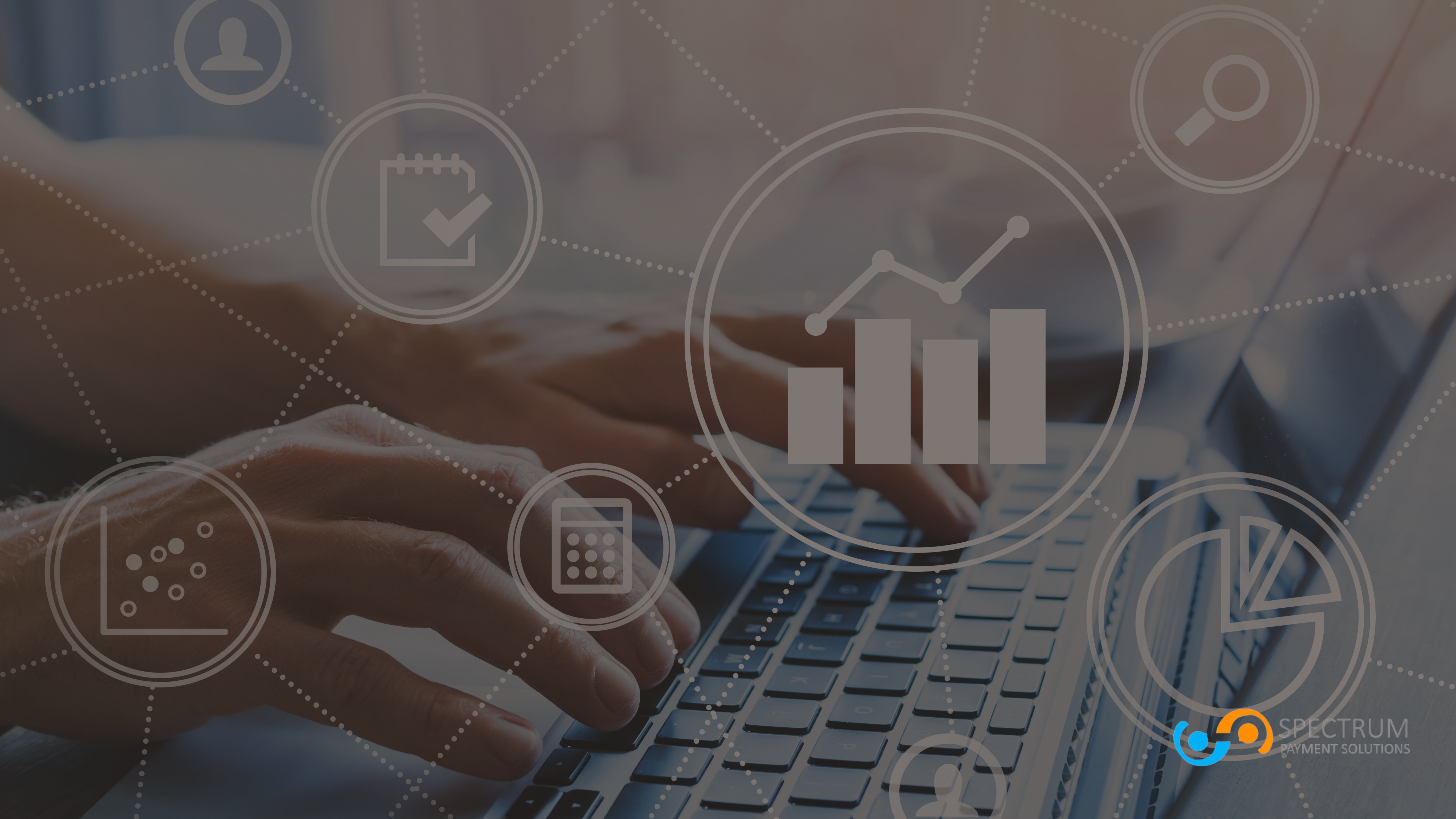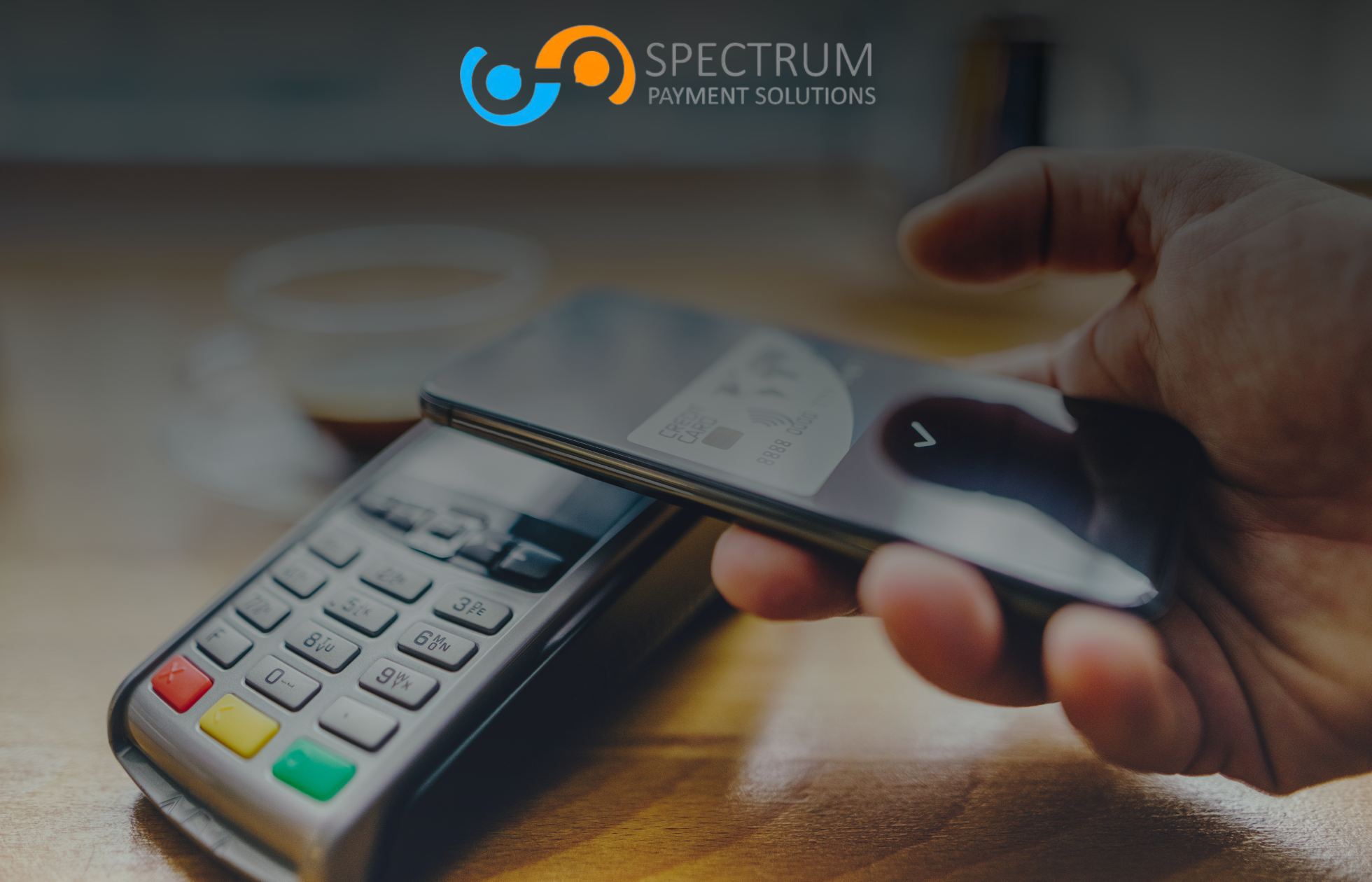
Payment Analytics for High‑Risk Businesses: Turning Data Into Growth
Ever tried to steer a ship through a storm without a compass? That’s what running a high-risk business feels like—unless you’ve got payment analytics on your side. The world of high-risk payment processing is fraught with challenges: fraud, chargebacks, regulatory hurdles, and more. But here’s the silver lining—data. Payment analytics isn’t just a bunch of numbers; it’s the secret sauce to outpacing competitors, unlocking new revenue streams, and turning volatility into opportunity. Let’s dive deep into Payment Analytics for High‑Risk Businesses: Turning Data Into Growth, exploring how actionable insights can transform uncertainty into rocket fuel for growth.
Why High‑Risk Businesses Need Payment Analytics
High-risk businesses—think online gaming, adult entertainment, nutraceuticals, CBD, and travel—face scrutiny from regulators and payment processors alike. With increased risk comes the need for sharper tools. Here’s why payment analytics is the ace up your sleeve:
- Fraud Detection & Prevention: Spot suspicious activity before it becomes a problem.
- Chargeback Management: Identify trends and reduce costly disputes.
- Customer Behavior Insights: Understand what makes your customers tick, and tweak your offerings accordingly.
- Regulatory Compliance: Stay ahead of ever-changing rules and avoid fines.
- Optimized Payment Flows: Reduce failed transactions and checkout friction.
The Payment Analytics for High‑Risk Businesses: Turning Data Into Growth Framework
So, how do you turn all that payment data into real, measurable growth? Here’s an actionable framework:
- Centralized Data Collection
- Integrate multiple payment gateways.
- Consolidate chargebacks, refunds, sales, and declined transactions.
- Ensure data is clean, consistent, and timely.
- Segment & Analyze
- Slice and dice data by region, product, customer profile, or transaction type.
- Use dashboards for real-time insights.
- Spot & Respond to Trends
- Monitor spikes in chargebacks or declines.
- Identify new revenue opportunities or risky segments.
- Predict & Prevent
- Use machine learning to anticipate fraud or customer churn.
- Proactively adjust payment flows and risk thresholds.
- Report & Act
- Generate actionable reports for stakeholders.
- Align payment analytics outcomes with business goals.
Turning Data Into Growth: Practical Use Cases
It’s not just theory—here’s how payment analytics sparks real growth for high-risk businesses:
- Chargeback Reduction:
A nutraceuticals company noticed a spike in chargebacks from a specific product. Payment analytics pinpointed the issue to misleading marketing copy. By tweaking messaging, they slashed chargebacks by 40% in a month. - Optimizing Payment Methods:
An online gaming platform saw that customers in Southeast Asia were abandoning carts at checkout. Analytics revealed a lack of preferred local payment methods. After integration, conversion rates shot up 18%. - Dynamic Fraud Rules:
A travel agency used payment analytics to identify patterns associated with fraudulent bookings. They implemented dynamic fraud filters, cutting fraud losses by half in six months.
Key Metrics for Payment Analytics in High‑Risk Sectors
Not all data is created equal. Here are the KPIs you can’t afford to ignore:
- Approval Rate:
Percentage of transactions successfully processed. Low rates may signal technical issues or bank restrictions. - Chargeback Ratio:
Number of chargebacks relative to total transactions. High ratios can threaten your merchant account. - Average Transaction Value (ATV):
Tracks customer spending habits and helps with upselling. - Refund Rate:
High rates may indicate product issues or misaligned customer expectations. - Decline Codes:
Analyzing why transactions fail can uncover hidden opportunities or systemic problems. - Lifetime Value (LTV):
Measures the total value a customer brings over their relationship with your brand.
Must-Have Payment Analytics Tools for High‑Risk Businesses
Ready to roll up your sleeves? These platforms put the “power” in payment analytics:
- Kount: Fraud detection tailored for high-risk verticals.
- Chargeback Gurus: Advanced chargeback analytics and prevention.
- Fraud.net: AI-driven analytics for transaction monitoring.
- Sift: Behavioral analytics to spot and prevent payment fraud.
- Custom Dashboards: Built in-house or via third-parties for unique needs.
Overcoming the Challenges: Pitfalls & How to Dodge Them
Payment analytics isn’t all sunshine and rainbows. High-risk businesses often stumble here:
- Data Silos:
Payment data scattered across gateways leads to incomplete insights. - Solution: Invest in integrations that centralize data.
- False Positives:
Overzealous fraud detection can block legitimate customers. - Solution: Fine-tune rules based on analytics, balancing risk and experience.
- Regulatory Risks:
Mishandling sensitive payment data can mean hefty fines. - Solution: Ensure analytics tools comply with PCI DSS and GDPR.
- Analysis Paralysis:
Too many dashboards, not enough action! - Solution: Focus on KPIs that tie directly to business outcomes.
The Future of Payment Analytics for High‑Risk Businesses: Turning Data Into Growth
The landscape’s changing fast. Tomorrow’s winners will be those who use payment analytics not just for defense—but to play offense:
- AI-Driven Predictions:
Real-time machine learning will spot fraud and churn before it happens. - Personalized Payment Experiences:
Tailored offers and payment methods based on customer data. - Blockchain Analytics:
Increased transparency for crypto payments in high-risk sectors. - Automated Compliance:
Tools that adapt instantly to new regulations and flag issues before they escalate.
FAQs: Payment Analytics for High‑Risk Businesses: Turning Data Into Growth
What’s considered a high-risk business in payment processing?
Businesses in sectors like adult entertainment, gambling, nutraceuticals, CBD, and travel often face higher rates of fraud and chargebacks, earning them the “high-risk” label.
How can payment analytics help reduce chargebacks?
By analyzing transaction patterns, customer behavior, and reasons for disputes, businesses can spot root causes and implement targeted changes—like better product descriptions or stricter fraud checks.
Are payment analytics tools expensive?
Costs vary widely. Many tools offer scalable pricing; the ROI from reduced fraud and higher approval rates often justifies the investment.
Can analytics help with regulatory compliance?
Absolutely. Automated reporting and real-time monitoring can flag non-compliant transactions, helping you stay on the right side of regulations.
How quickly can a business see results from payment analytics?
Some improvements, like optimizing payment flows, can yield results in weeks. Others, such as reducing fraud or chargebacks, may take a few months of data-driven tweaks.
Is it possible to build custom analytics in-house?
Yes, especially if you have unique data needs or proprietary risk models. However, off-the-shelf solutions are faster to deploy and often more robust for most businesses.
Conclusion
No more flying blind—payment analytics is your North Star. For high-risk businesses, the path from chaos to clarity runs through the smart use of data. Whether you’re fighting fraud, slashing chargebacks, or optimizing payment flows, the right analytics turn every transaction into a growth opportunity. Payment Analytics for High‑Risk Businesses: Turning Data Into Growth isn’t just a catchphrase—it’s the new survival kit for those who thrive where others fear to tread. So, harness your data, keep your finger on the pulse, and watch your business soar—come rain or shine.




